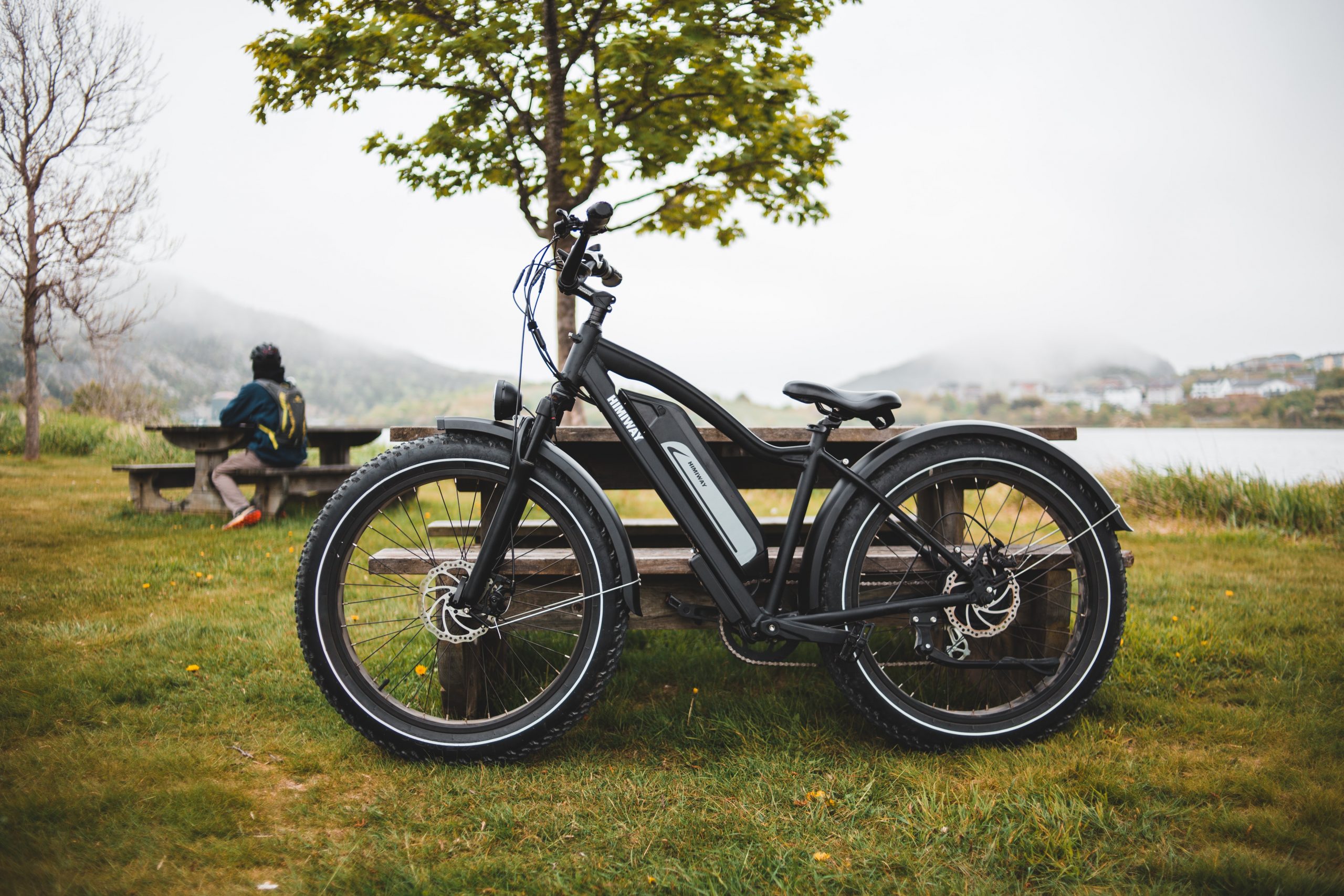One of the most important adjustments you can make to your road bike is finding the correct bike seat height. As a cyclist, this step is crucial to avoiding discomfort and injury, as well as ensuring that you enjoy your biking experience to the maximum. But how can you achieve that? That’s where we come in. We’re here to show you how to notice whether your current saddle height is right for you and in case it isn’t we’ll help you determine which saddle height suits your body best.
Signs Your Saddle Height May Be Wrong
It is common for beginners to set their bike seat height either too high or too low. The reasons they do so might vary; sometimes, people set their saddle too low so that it is easier for them to get on and off the road bike, or set it too high so that the handlebar is lower and they can ride faster like the road racing pros on TV.
The easiest sign to notice that your saddle height may be hurting you is if you constantly deal with the pain while and after you finish cycling. The pain might revolve around the knees, either in the back of the knee (when the saddle is too high) or in the front(when the saddle is too low). Oftentimes, your saddle height can also cause muscle soreness, aching hands and hips, as well as pain in the neck and lower back.
Another sign that your saddle height may be wrong is if you are feeling a sense of discomfort while you are riding your road bike. Maybe you bend your knees inwards or outwards at the top of the pedal stroke, have to stretch them quite a lot to be able to pedal, you may have to uncomfortably arch your back to reach the handlebar, or are constantly rocking from side to side while riding. All these little things, which annoy you while cycling, could be gone if you fix your bike seat height.
Now that you identified the problem of your bike seat height, you probably are wondering: “Now what? How high should my bike seat be?”. Let’s get some answers.
How High Should My Bike Seat Be?
When adjusting your bike seat, keep in mind that your saddle should be high enough so that when you are sitting on it, only the tips of your toes touch the ground. On the other hand, when you get off the seat and are straddling your road bike, your feet should be flat on the ground with your crotch 2-6 inches higher than the bike frame. Adjusting your bike seat to this kind of height ensures that your body is comfortable on the bike, and you don’t need to do any unnecessary stretching or bending while riding it.
Determining Your Saddle Height
There are various methods that can help you determine the proper bike seat height for you. From the simple heel-to-pedal method to the more technical Holmes method, you can easily notice when your saddle height is not right for you and adjust it to the proper height.
These methods are easy to try and you can do so on your own, however, if you can, try getting the help of a friend to make certain measurements so that your calculations and adjustments are as correct as possible.
The heel-to-pedal method
This method is one of the easiest methods because it does not require the use of any specialized equipment. It is fairly straightforward and quick. All you need to do is:
- Sit on the saddle.
- Place one of your heels on a pedal.
- Start rotating the crank slowly with the pedal your heel is on.
If your leg is not completely straight when your pedal reaches the down position, that means your bike seat height needs adjusting. If you have to rock your hips in order to reach the pedal then your bike seat height is too high. However, if your knee is still bent at that point, your bike seat height is too low.
Adjusting the bike seat height depending on the results of this method helps you fix the problem of your saddle height.
The LeMond method
Named after the famous former professional cyclist Gregory James LeMond, this method requires a bit of calculation but it still is fairly simple. According to this method, what you need to do is:
- Measure your inseam.
- Multiple the inseam measurement with 0.883.
- Raise or lower your saddle to the point where the distance between the top of the saddle and the center of the cranks is equal to the value of your multiplication in step 2.
The 109% formula
Similar to the LeMond method, this one requires some calculating as well. The 109 formula requires you to:
- Measure your inseam.
- Multiply the inseam measurement with 1.09.
- Set your crank arm downward, in a 6 o’clock position.
- Raise or lower your saddle until the distance between the top of the saddle and the top of your pedal is equal to the value from the multiplication in step 2.
The Holmes method
Last but not least, another effective method is the Holmes method. This method works best if you get someone to help you by measuring your knee joint angle while you sit still on the saddle. What you need to do is:
- Sit on the saddle.
- Place your heels on the pedals.
- Rotate the crank until your pedal reaches the down position (6 o’ clock)
- Using a goniometer, someone measures the angle of your knee joint in that position.
According to this method, you have a proper bike seat height if the measured angle is between 25 and 35 degrees. In case the measured angle is not between the two values, try raising or lowering the saddle and measuring again with the goniometer until you reach it.
Adjusting bike seat height is an important aspect affecting both your body and your cycling performance. Once you have identified the height problem, through the numerous methods we previously mentioned, you can set your saddle at the most suitable height for you. Thus, you can safely enjoy cycling again.




